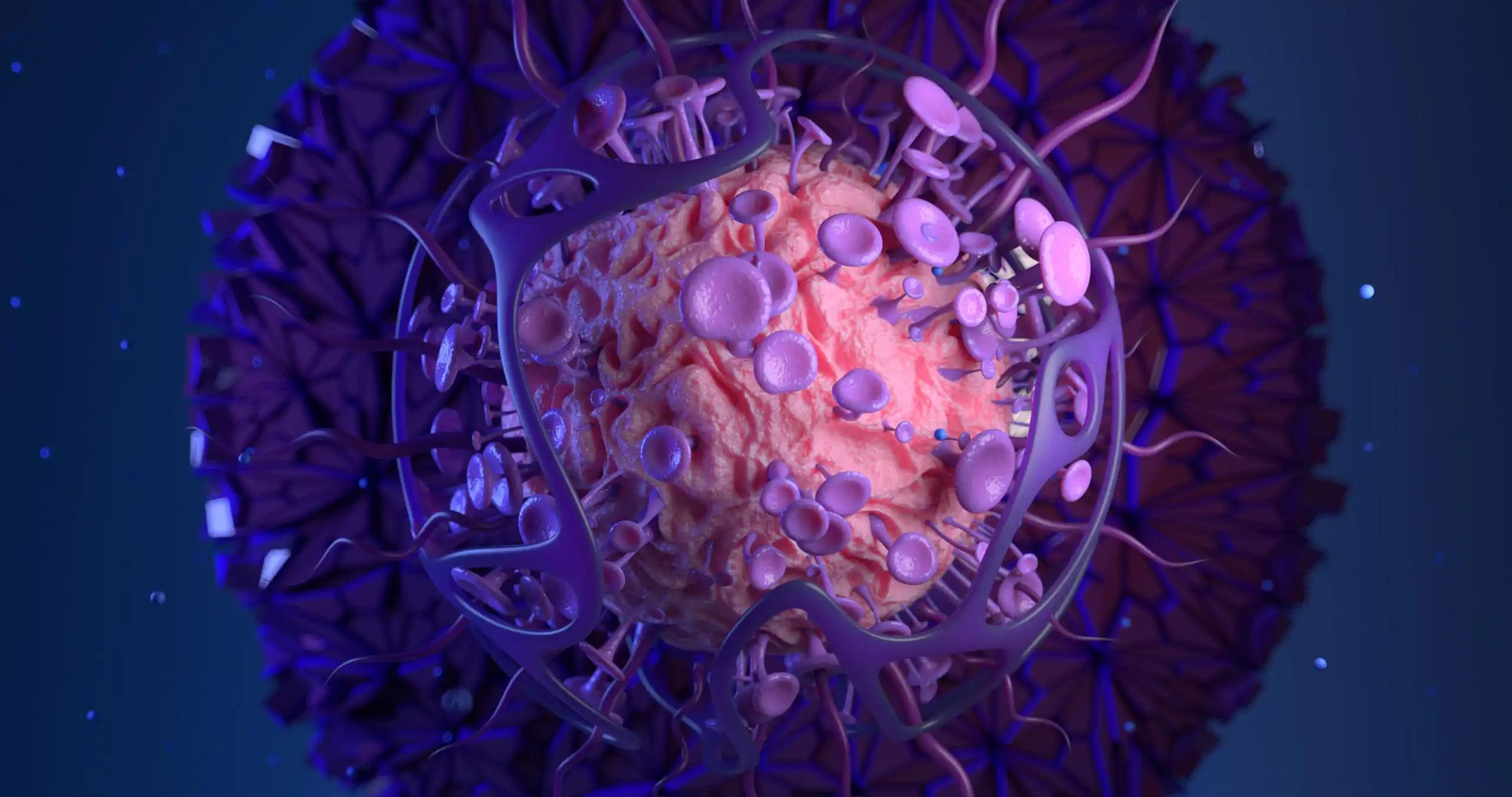KEY TAKEAWAYS
- Phase III trial SOLO3 compared olaparib tablets to nonplatinum chemotherapy in germline BRCA-mutated platinum-sensitive relapsed ovarian cancer patients.
- Olaparib or physician-selected nonplatinum chemotherapy were randomly assigned 2:1.
- BICR ORR in the quantifiable disease analysis set was the primary endpoint. BICR’s intent-to-treat PFS was the secondary objective.
- Olaparib outperformed chemotherapy in quantifiable disease patients.
- Olaparib significantly improved ORR and PFS in germline patients compared to nonplatinum treatment.
- Relapsed platinum-sensitive BRCA-mutated ovarian cancer.
Patients with germline BRCA-mutated platinum-resistant or partially platinum-sensitive recurrent ovarian cancer showed activity of olaparib capsules compared to pegylated liposomal doxorubicin in a phase II research (ClinicalTrials.gov identifier: NCT00628251). To determine the efficacy of olaparib tablets against nonplatinum treatment for patients with platinum-sensitive recurrent ovarian cancer with a germline BRCA mutation, researchers conducted a phase III trial (SOLO3). In this open-label, randomized study, patients were randomly assigned to receive either olaparib 300 mg twice daily or the investigator’s preferred single-agent nonplatinum chemotherapy (pegylated liposomal doxorubicin, paclitaxel, gemcitabine, or topotecan). Measurable illness analysis sets an objective response rate (ORR) determined by a blinded independent central review (BICR). Progression-free survival (PFS) in the BICR-evaluated, per-protocol group was a secondary end objective.
Of 266 patients, 178 were given olaparib, and 88 were given chemotherapy. The objective response rate (ORR) was substantially higher with olaparib than with chemotherapy in patients with detectable illness (olaparib, n = 151; chemotherapy, n = 72; OR, 2.53 [95% CI, 1.40 to 4.58]; P =.002) who received either treatment. The overall response rate (ORR) was 84.6% with olaparib and 61.5% with chemotherapy in the cohort who had received 2 prior lines of treatment (OR, 3.44 [95% CI, 1.42 to 8.54]). Moreover, olaparib had a significantly better PFS than chemotherapy (hazard ratio, 0.62 [95% CI, 0.43 to 0.91]; P =.013; median, 13.4 v 9.2 months) according to the BICR. The adverse effects were in line with what has been known about the safety of olaparib and chemotherapy in the past. Patients with platinum-sensitive recurrent ovarian cancer and a germline BRCA mutation who had received at least 2 prior lines of platinum-based chemotherapy showed statistically and clinically substantial improvements in ORR and PFS when treated with olaparib compared with nonplatinum treatment.
Source:https://pubmed.ncbi.nlm.nih.gov/34014249/
Clinical trial:https://clinicaltrials.gov/ct2/show/NCT01996267
van der Voort A, van Ramshorst MS, van Werkhoven ED, Mandjes IA, Kemper I, Vulink AJ, Oving IM, Honkoop AH, Tick LW, van de Wouw AJ, Mandigers CM, van Warmerdam LJ, Wesseling J, Vrancken Peeters MT, Linn SC, Sonke GS. Three-Year Follow-up of Neoadjuvant Chemotherapy With or Without Anthracyclines in the Presence of Dual ERBB2 Blockade in Patients With ERBB2-Positive Breast Cancer: A Secondary Analysis of the TRAIN-2 Randomized, Phase 3 Trial. JAMA Oncol. 2021 Jul 1;7(7):978-984. doi: 10.1001/jamaoncol.2021.1371. PMID: 34014249; PMCID: PMC8138752.



